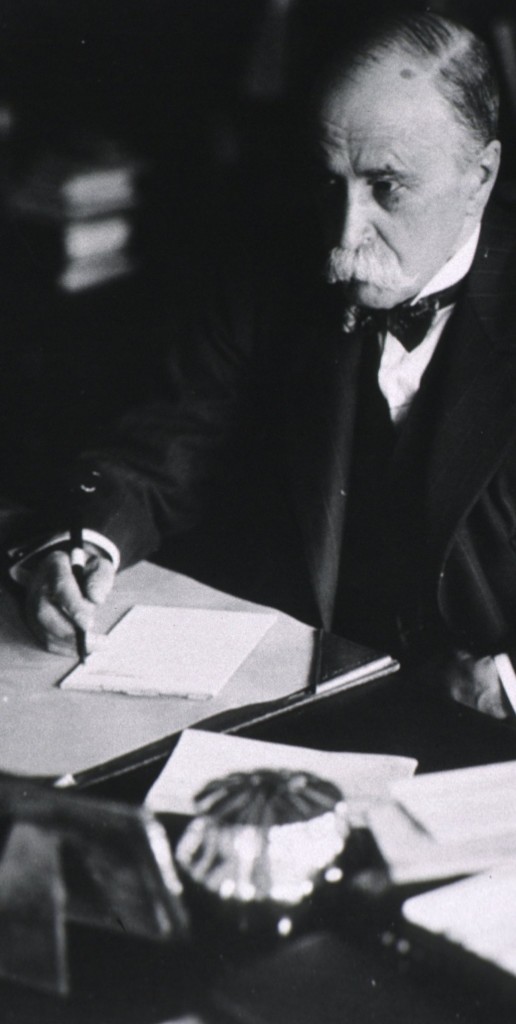
Writing about patients is not new. What’s new is the capacity of every doctor to build an audience and write about patients. Publishing has become democratized. From constrained micromedia to traditional long-form, every doctor has the means of sharing their experiences. This is great. But it creates potential issues as doctors learn to manage the boundaries of public dialog.
While my colleagues who teach this craft likely have a more nuanced approach to the issue, I see the issue of writing about patients as relatively straightforward. Any identifiable patient experience intended for the public space needs the patient’s consent. Otherwise, our experiences must be altered such that they can’t be identified. Unless it’s a patient’s wish to have his story disclosed, the reality is that many of our most powerful experiences will remain nothing more than our own.
I’ve found that much of the discussion around physician narratives involves what the law allows. And for good reason. But there’s privacy as it relates to federal law and there’s privacy as it relates to the bond we share with those under our care. We should see our obligation to patients as something higher than that mandated by legislators. This often gets lost.
The discussion often gravitates to the doctor’s desire to share. The doctor-as-artist looking to translate her experience for general consumption is positioned as a gift. We hear the merits of the doctor’s POV — the educational value for physician trainees and even patients. And for good reason as there is so much we can offer. But at the end of the day, what we want or what we can lend may be less relevant. We’re bystanders in the patient’s world. We exist to serve their needs. This makes our position in the relationship we share a tortured space for those called to write.
As more physicians put their hands to the keyboard and enter the public space, this subject needs ongoing discussion and tighter integration in undergraduate medical education. Thanks to Anna Reisman for getting the ball rolling.
William Osler | National Library of Medicine